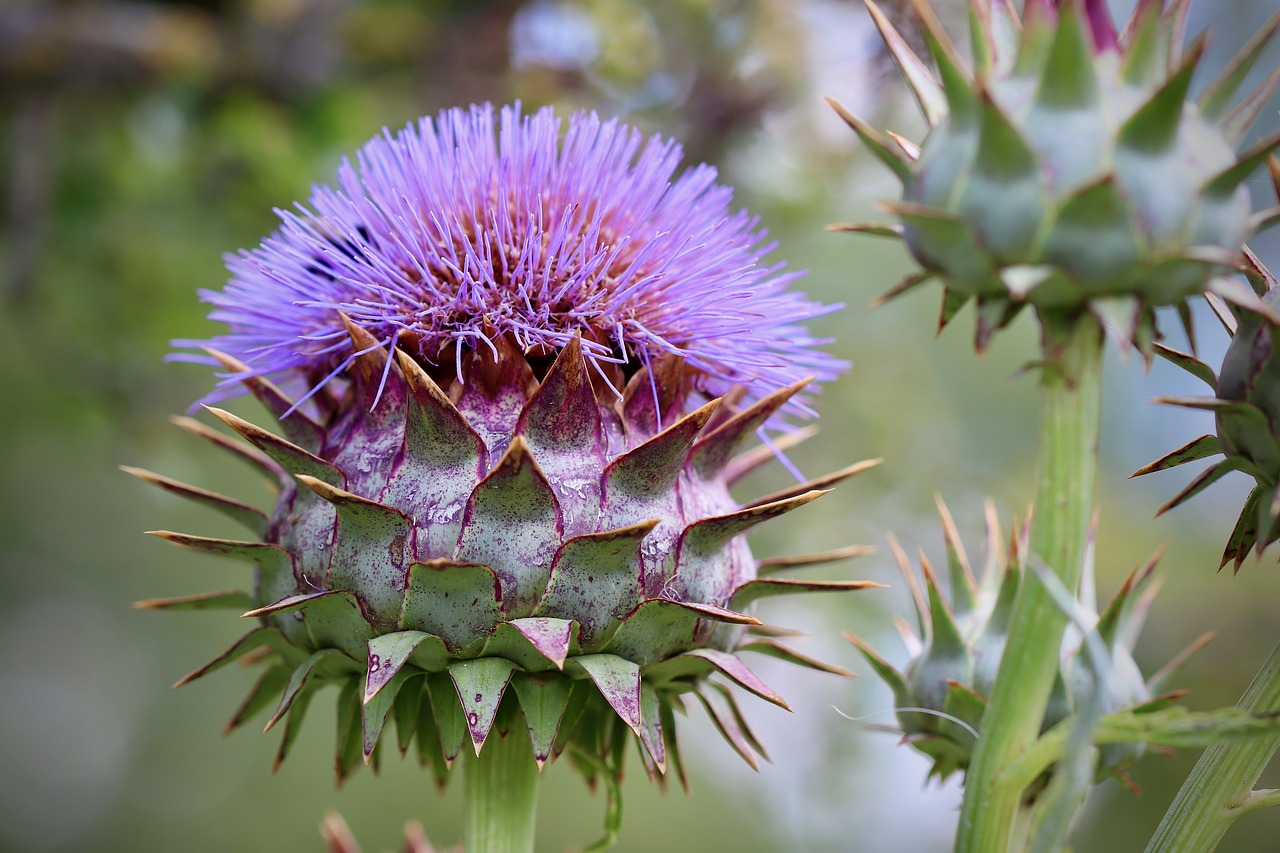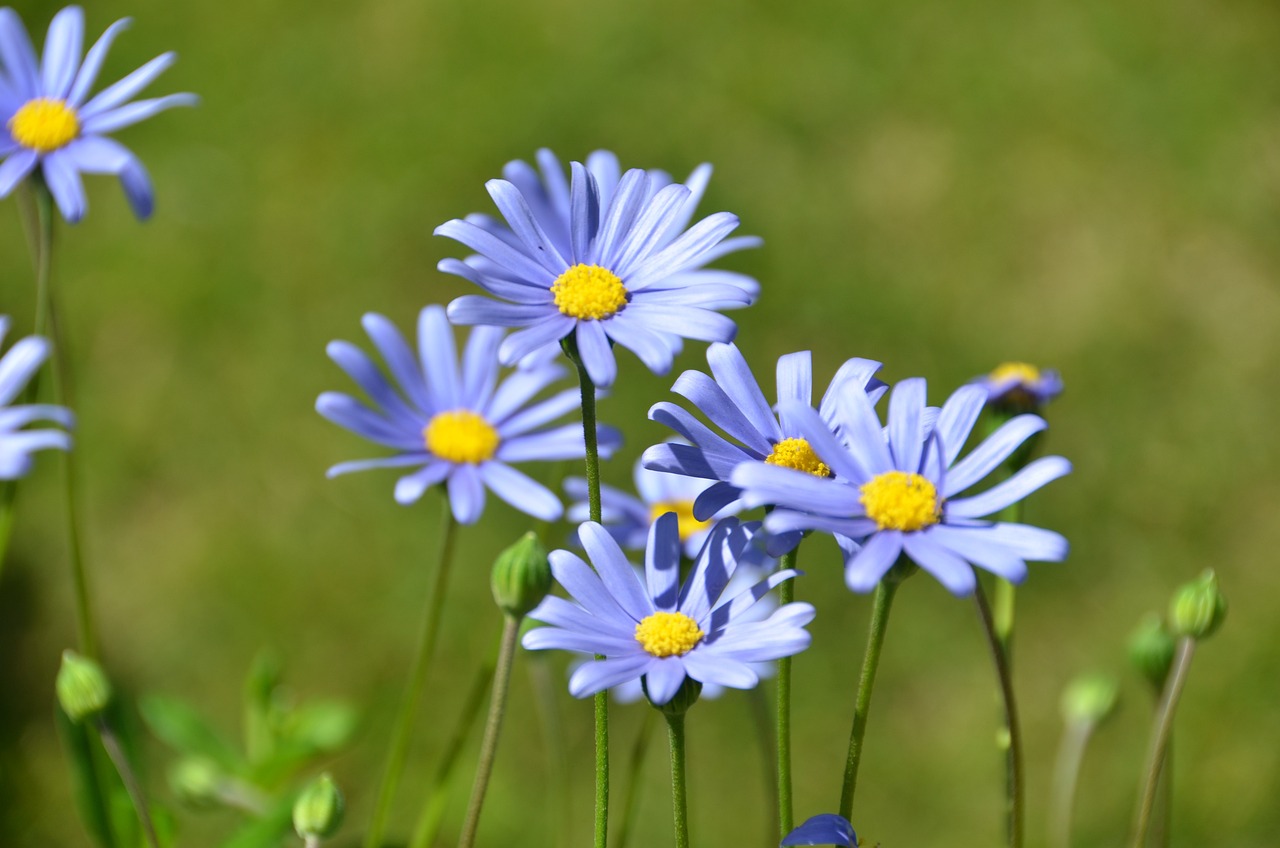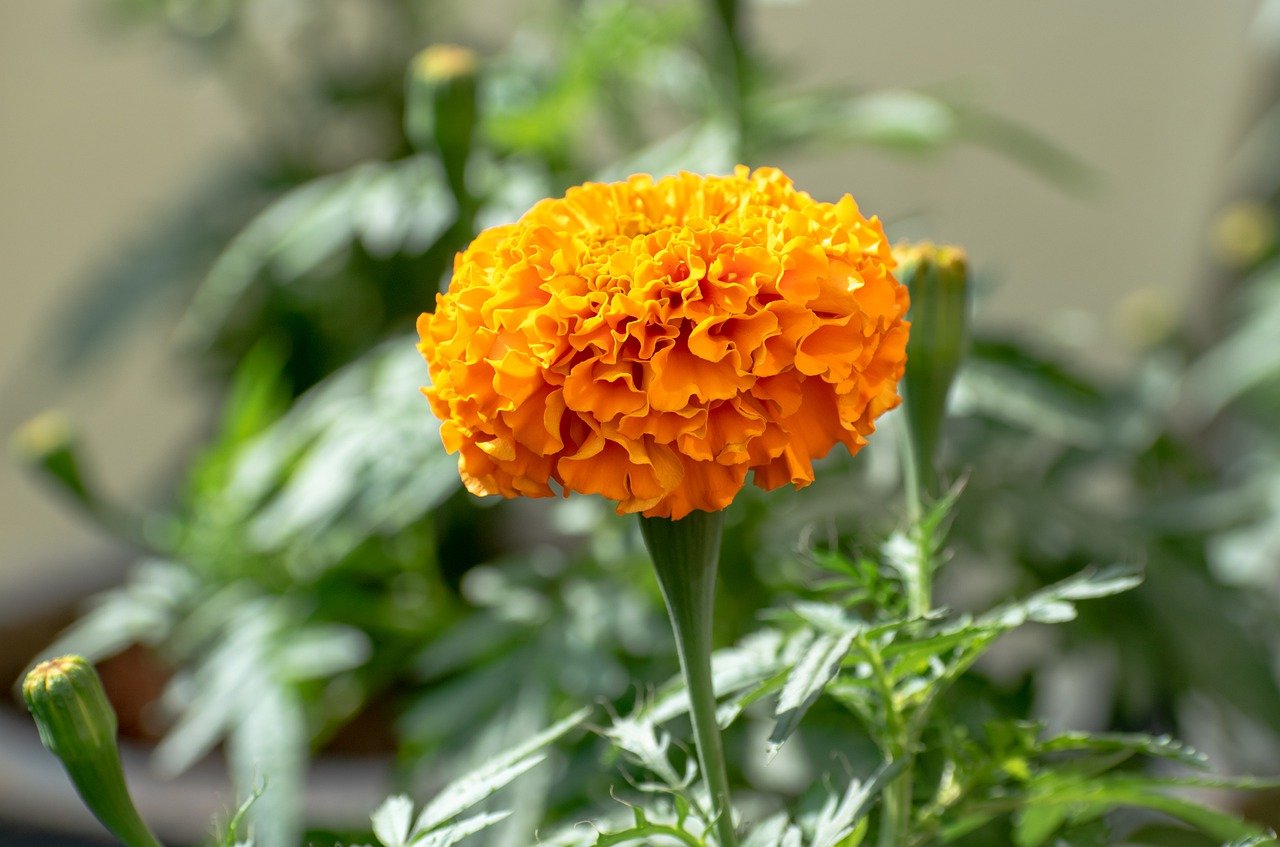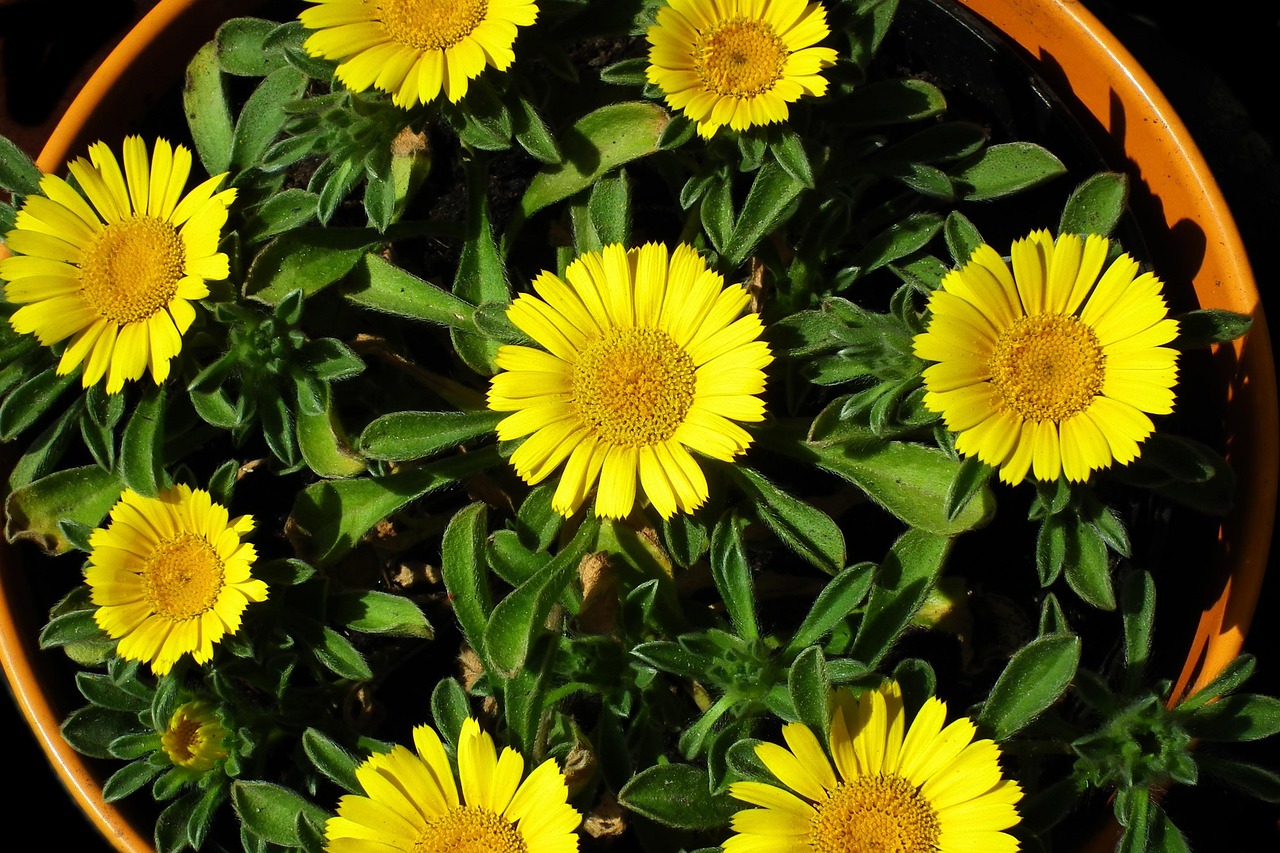Yellow Goat’s Beard | The Golden Wildflower of European Meadows
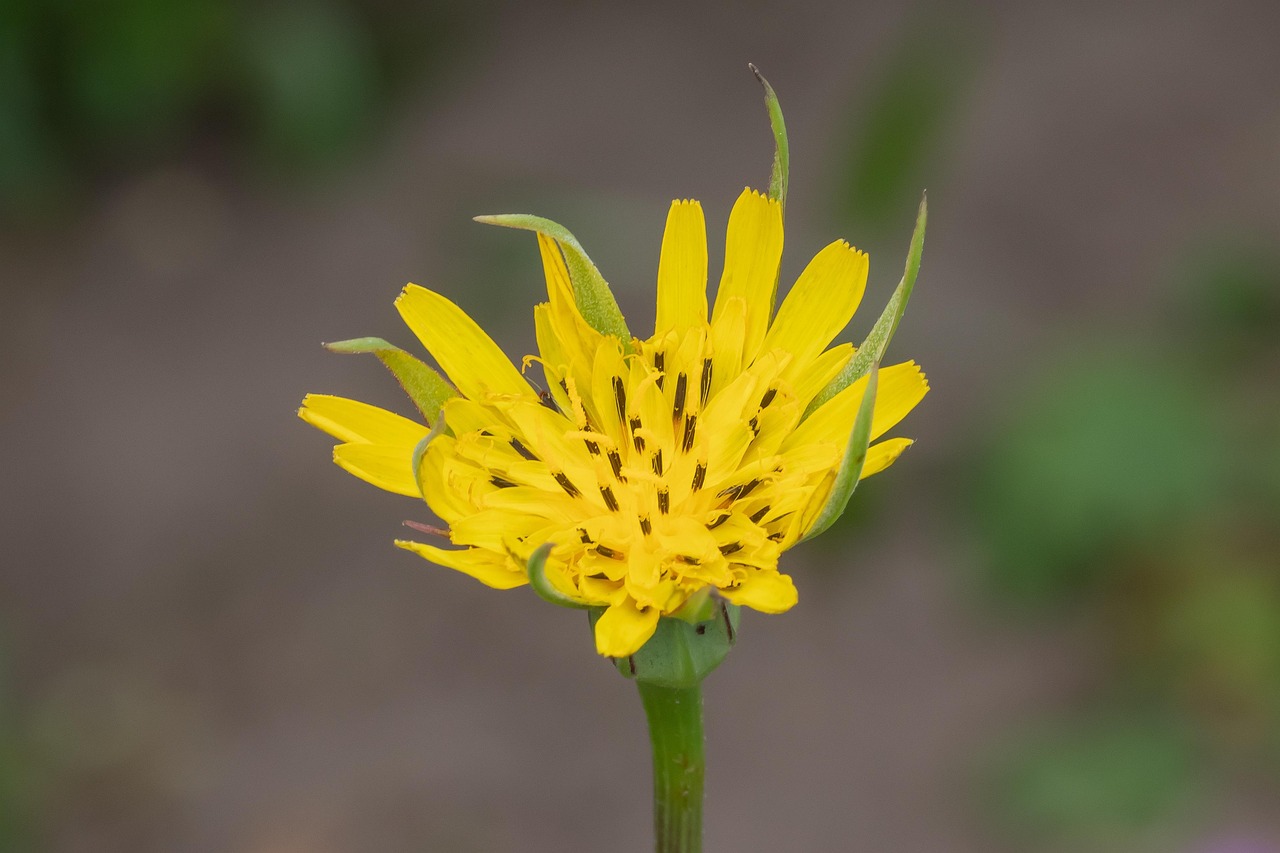
The Yellow Goat’s Beard is a perennial plant of the Asteraceae family, notable for its bright yellow flowers and delicate silhouette.
It grows widely across Europe, thriving in meadows and along roadsides, where its natural presence has long been cherished as part of the rural landscape.
In this article, I will introduce its basic characteristics, its cultural and historical significance, and practical advice for cultivation.
Basic Information
- Scientific name: Tragopogon pratensis
- Family: Asteraceae
- Origin: Europe
- Appearance: Growing 30–70 cm tall, it produces slender upright stems topped with bright yellow ray florets. The flowers resemble dandelions, opening in the morning and closing by afternoon. Its long, narrow leaves clasp the stem and show a bluish-green hue.
- Blooming season: May to July
Cultural Value Across Regions
The Yellow Goat’s Beard is closely tied to the philosophy of naturalistic gardening.
In Britain, it is known as “Meadow Salsify” and was rediscovered during the wild garden movement of the late 19th and early 20th centuries. This trend, led by figures such as William Robinson, sought to move away from artificial flowerbeds and incorporate native wildflowers and natural vegetation.
In Germany and Austria, this species has become symbolic in conservation efforts, serving as an indicator plant in maintaining biodiversity and protecting rural landscapes. It is sometimes intentionally introduced into parks and green spaces, reaffirming both its cultural and ecological importance.
Historical Notes
The name Tragopogon pratensis comes from the Greek words tragos (“goat”) and pogon (“beard”), referring to the silky pappus that resembles a goat’s beard when seeds mature and disperse in the wind.
The plant often appeared in 16th–17th century botanical illustrations and was an object of study in early modern European taxonomy. Naturalists and horticulturists across Europe recorded detailed observations, and the plant was cultivated in botanical gardens.
By the late 18th century, as natural history became a popular pastime, its seeds were collected and exchanged widely. Its fine structure was also depicted in landscape sketches and botanical art, serving as an educational example of plant life cycles.
Gardening Advice
The Yellow Goat’s Beard is well-suited for naturalistic or meadow-style gardens. Its wild charm makes it ideal for those seeking a naturalistic landscape.
Sunlight
Prefers full sun; poor flowering and growth may occur in shade.
Watering
Water when the surface soil is dry. It tolerates light drought but should not be left in prolonged dryness.
Soil
Requires well-drained, aerated soil. Sandy or humus-rich soil is ideal. Avoid waterlogging to prevent root rot.
Fertilizer
Minimal feeding is sufficient. A small amount of slow-release fertilizer in spring is enough.
Pruning & Maintenance
Cut back stems after flowering to shape the plant and control self-seeding. Since it self-seeds easily, regular management may be necessary.
Wintering
Hardy and capable of overwintering outdoors. In pots, protect from freezing for safety.
Conclusion
The Yellow Goat’s Beard is a perennial wildflower native to Europe, harmonizing with natural landscapes through its yellow blossoms in early summer.
Its name, rooted in Greek, reflects the image of wind-borne seeds and is well-documented in botanical history since the 16th century.
With its reappraisal during the naturalistic gardening movement and conservation efforts, it remains valued today as both a cultural and ecological plant. When introduced into a garden, it offers a way to design landscapes that embrace and reflect nature.

